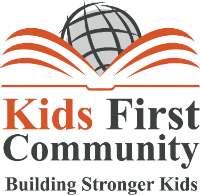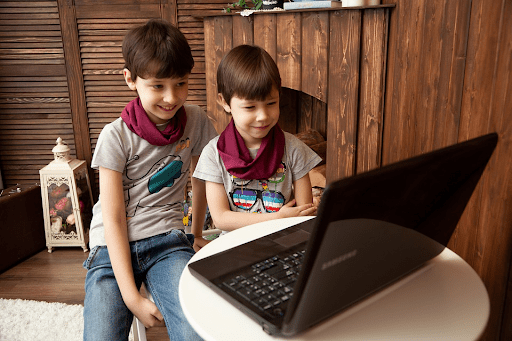Undoubtedly, school is a common location for bullying. However, just because the bell rings for summer vacation, it does not mean bullying will stop.
During the summer, neighborhood kids often gather to play. Since parents may be at work or dealing with younger children, kids may often be left to play together with little supervision. One serious issue that can arise is bullying between neighborhood kids.
When bullying takes place at school, there can be more clear guidelines for handling bullying, and you can speak with school staff about the issue. Neighborhood bullying may be harder to recognize and address.
Here’s what you can do.
Preventing Neighborhood Bullying
In the same way you should speak with your child about bullying in school, you should discuss the potential for bullying in the neighborhood. You want your child to recognize bullying so that he or she can alert you, step in as a bystander, and avoid becoming a bully.
Talk about what bullying is and what it looks like. For example:
- Being rude= saying something hurtful unintentionally.
- Mean= saying or doing something hurtful on purpose one time.
- Bullying= saying or doing something hurtful on purpose repeatedly.
Roleplay with your child on how to react to a bully if they are the victim OR if they see another kid being bullied.
Watch for Signs of Bullying
The signs for bullying are similar whether it takes place at school or in the neighborhood. If your child comes home from playing with marks or bruises, that is a sign of physical bullying. Even without marks, a child that frequently returns upset wants to avoid hanging out with the neighborhood kids, or withdraws from others may be experiencing bullying. Keep an eye out for negative self-talk, inexplicable tummy aches/headaches, and other common signs of bullying.
Neighborhood Watch Approach
Get the neighborhood involved in keeping a bully-free play zone. Include the other parents and kids that play together in the conversation about bullying. Get everyone together and talk about what bullying is, how it hurts others, and what to do about it. Make it clear that neighborhood bullying will not be tolerated. Work together to formulate a plan for handling bullying.
If a concern with bullying arises, try to speak with the child’s parents in a non-accusing way. To prevent “he said she said” issues, bring the kids and parents together. While bullying is a serious and sensitive topic, approaching it with anger or avoidance will not help your kids.
For many kids, one of the best parts of summer is hanging out with neighborhood friends. However, kids who deal with neighborhood bullying could dread this just as much as going to school. Work together as a neighborhood to create a bully-free environment for all children.








